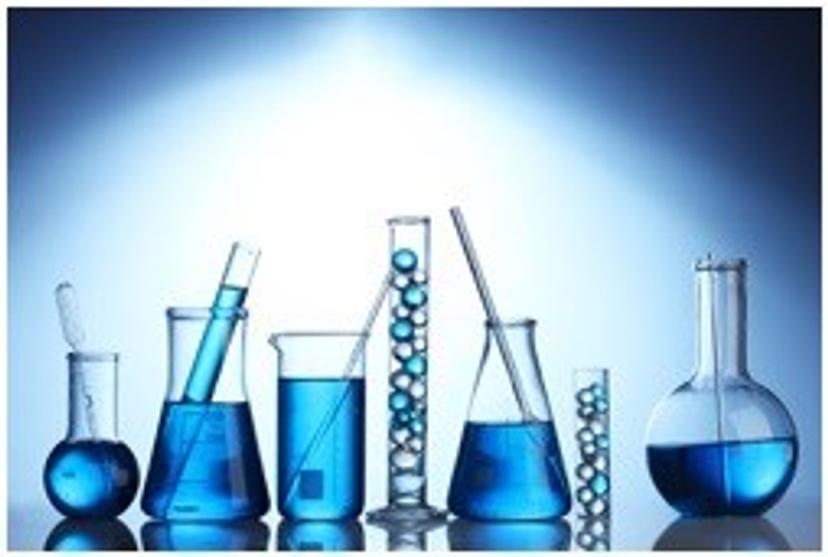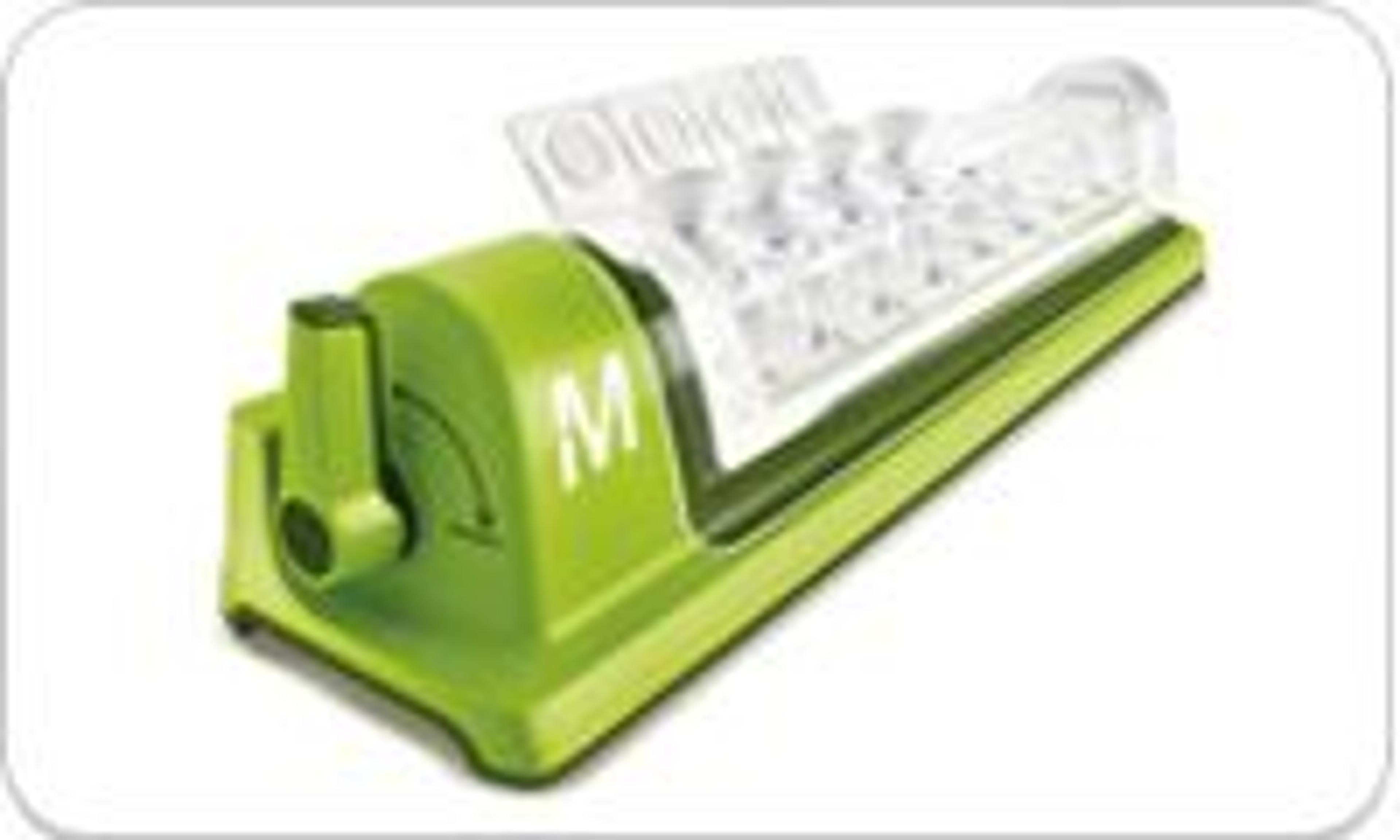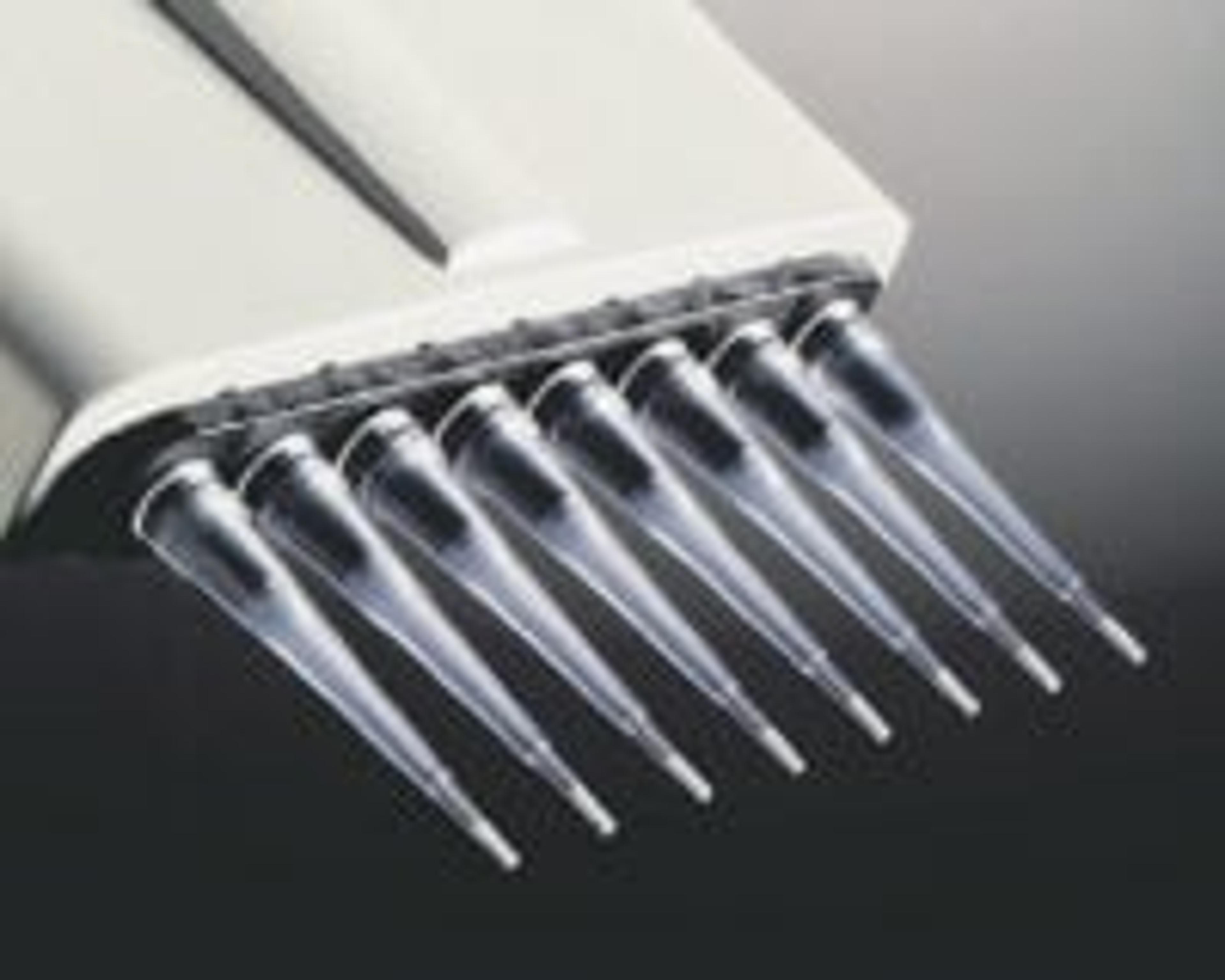Exclusive Advice: Choosing the Right Filter for Your MS System
12 Oct 2014

By Vivek Joshi, Ph.D., Principal Research Scientist, EMD Millipore
Membrane filtration of samples can improve the sensitivity and reproducibility of your mass spectra. These five easy ways to choose the right syringe filter for your mass spectrometry sample take into account sample volume, chemical compatibility, particle load, extractables, and analyte binding.
Choose the right size filter
The ideal filter diameter (between 4 mm and 50 mm) balances the filtration performance with the risk of extractables and analyte binding, and depends on your sample volume. While larger filters enable fast filtration using low pressure, minimizing the chance of bursting, they may have higher hold-up volume, trapping precious samples. By using larger filters, you also risk losing analyte to nonspecific binding and introducing higher levels of extractable impurities.
Use this table to choose the right filter size for your sample volume.
Sample Volume
Filter Size
Hold up Volume
Filtration Area
< 1 mL
4 mm
10 µL
0.1 cm2
1-10 mL
13 mm
25 µL
0.65 cm2
10-100 mL
25 mm
100 µL
3.6 cm2
10-100 mL
33 mm
80 µL
4.5 cm2
Table 1: Sample volume and appropriate filter size
Lots of samples?
When preparing large numbers of samples, using syringe filters or ultrafilters that filter one sample at a time can be very time consuming. Instead, try a multiwell filter plate. Filter 96 or 384 samples at once into a collection plate, and analyze directly on an LC-MS system
Choose a chemically compatible filter
If you use a filter where the membrane or the housing material is not compatible with the sample can lead to incomplete filtration, extraction of impurities into the sample, and even complete membrane disintegration. For example, some surfactants are incompatible with HDPE housings, and polyethersulfone is incompatible with acetonitrile. For mass spectrometry, even low levels of leached impurities can interfere with analysis, so refer to the website of your filter manufacturer for a complete chemical compatibility chart and extractables data.
Use prefilters for particulate-laden or viscous samples
If single membrane filters get clogged before your sample can be passed through, use a syringe filter, which contains a prefilter. The prefilter helps to trap larger particulates, protecting the final membrane from fouling and allowing higher volumes of sample to be filtered before the filter clogs. With a multilayered filter, you can filter 4-6 times more volume than a membrane-only filter
Prefilter caveat
Before you go out and try a prefilter, though, remember that prefilters are usually made of glass fibers, which can lead to higher levels of extractables or analyte binding. In such cases it might be better to filter your sample through a filter that contains an inert / low protein binding filter and a prefilter.
Choose a filter with low analyte binding
Depending on the chemical nature of your analyte, the membrane in your syringe filter might nonspecifically bind the analyte, resulting in inaccurate quantitation, especially for low concentration samples. Glass fiber filters, especially, tend to bind strongly to proteins, peptides, and oligonucleotides. Membranes vary in binding properties: nylon membranes show very high protein binding (~ 225 µg/cm2), whereas polyvinylidene fluoride (PVDF) membranes show very low protein binding (~ 15 µg/cm2). For small molecular weight analytes, hydrophilic PTFE & PVDF membranes show very low analyte binding.
Rinse filter with solvent to minimize extractable contamination
Even though signals from extractable impurities can pose problems in mass spectra, these can be reduced significantly by just washing the membrane filter with the sample or a solvent prior to filtration. In our studies of the effects of prerinsing, we found that just by rinsing the membrane with one mL of solvent, the extractables were reduced to levels undetectable by LC-UV. The ideal option is to choose the syringe filter that has low level of extractables by LC-UV and LC-MS. One such membrane is the hydrophilic PTFE syringe filter.
Ready to choose the right filter for your mass spectrometry analysis?Download the Millex® Filter Finder App!



